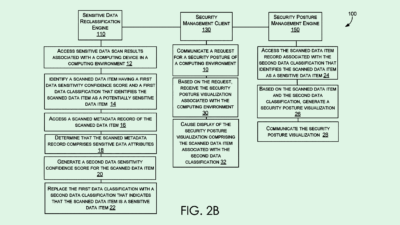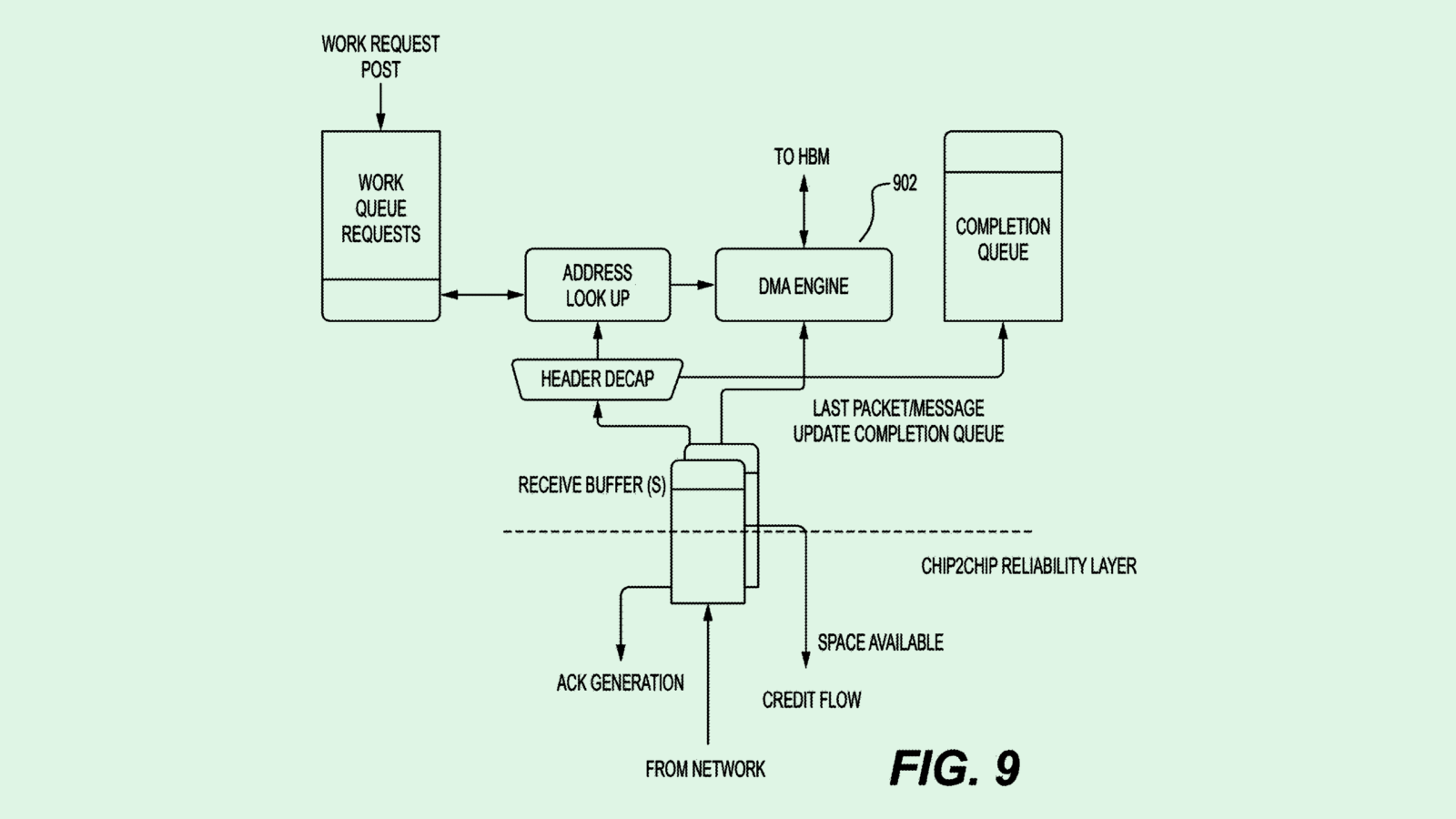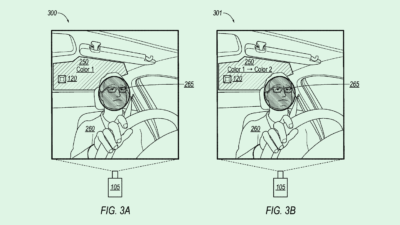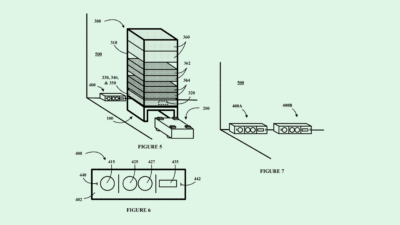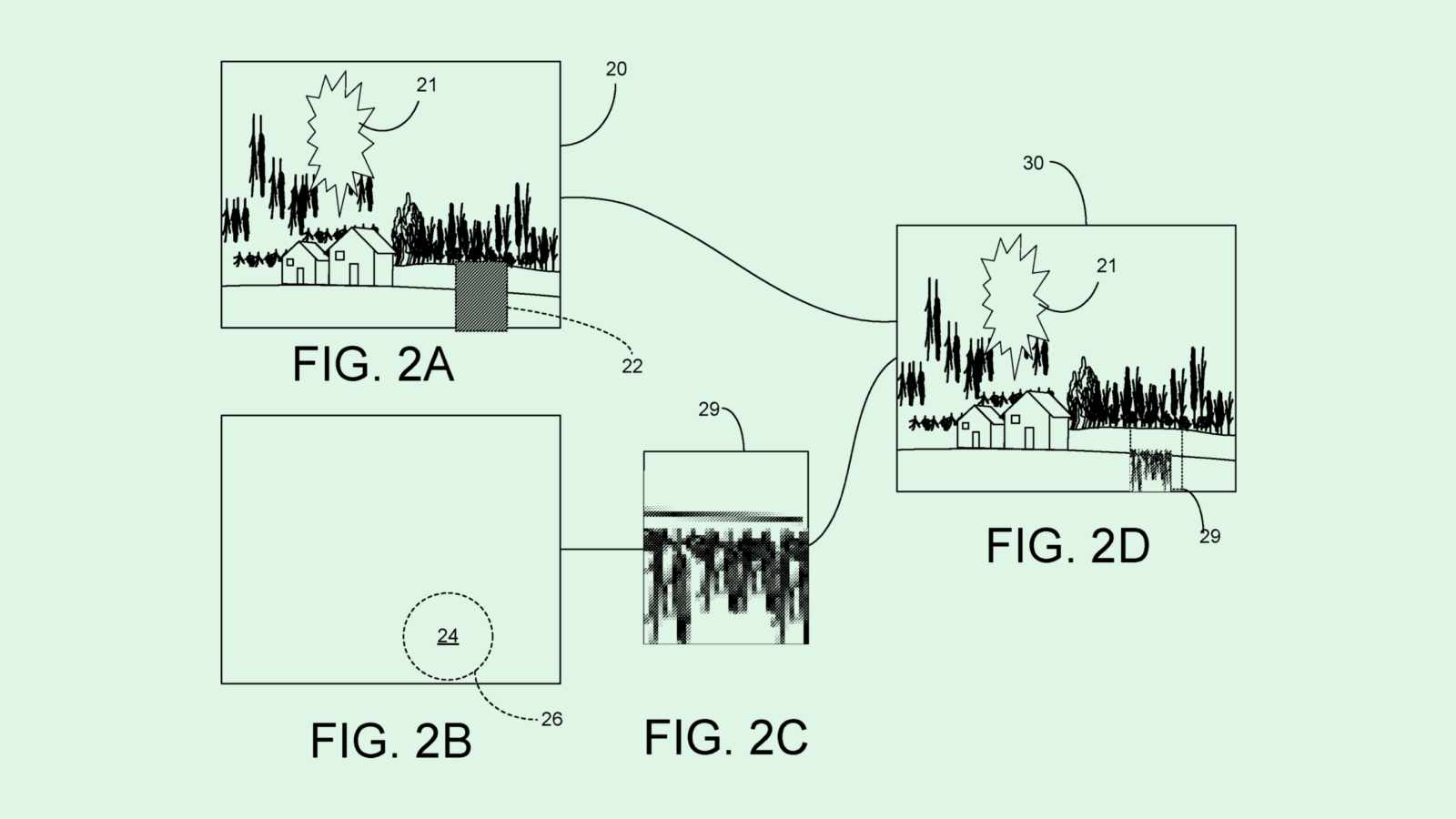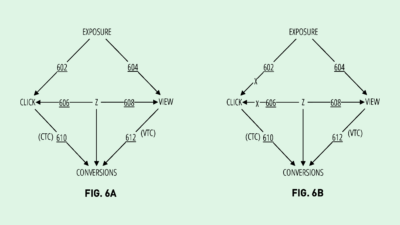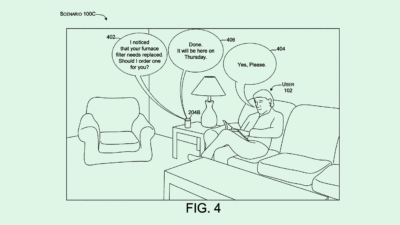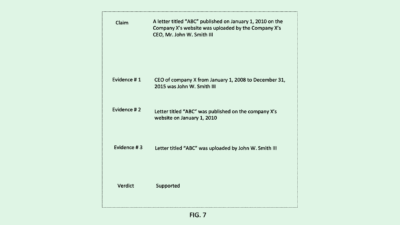Uber Could be Keeping a Closer Eye on Driver Location
Its patent application for a “location-spoofing detection” system could add to its safety features for riders.
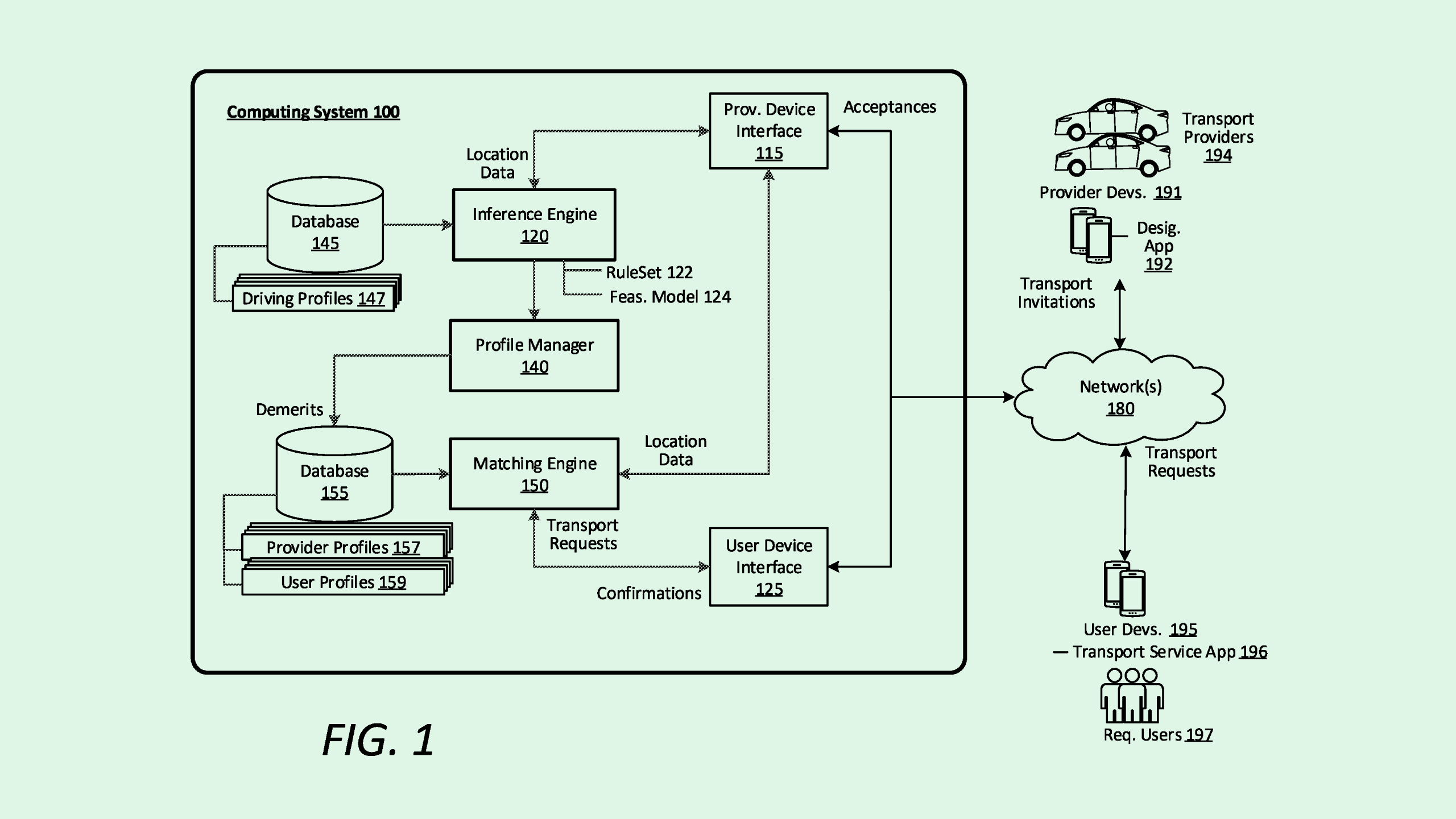
Sign up to uncover the latest in emerging technology.
Uber wants to make sure its drivers are where they say they are.
The rideshare provider filed a patent application for a “location-spoofing detection” system. Uber’s tech uses an AI model to determine the probability that the driver falsified their location.
Uber’s system involves a “location-based feasibility model” which is trained to determine whether a driver’s location is “possible, feasible, unrealistic, or impossible.” Along with checking location data, the model takes in data such as position, velocity, acceleration, and elevation. It may also consider the average time it takes to get from one place to another versus how long the driver has taken, traffic conditions and weather.
Based on this, the model determines a minimum feasible time that a journey would take, and spits out a score determining whether or not the driver is using a location-spoofing app. These apps may broadcast incorrect GPS signals that resemble correct ones, or rebroadcasting GPS signals captured elsewhere at a different time.
While fraud with traditional taxis could involve driving indirect routes or adding surcharges, Uber fraud is more complex, such as when drivers “pretend to be at a certain location, pretend to have driven along a route, insert additional location points along a route to increase the distance traveled, (and) jump or teleport ahead of other transport providers in a queue,” Uber said.
If a driver is found to be using location-spoofing, that data will be flagged on their profile as “demerits,” which impact the driver’s rating, compensation, or whether they’re allowed to drive for Uber at all.
While this tool could help Uber weed out scamming drivers by preventing line-jumping, adding a mechanism that can properly keep track of location could boost the company’s rider safety efforts.
In Uber’s most recent safety report, covering 2019 and 2020, the company said it saw 3,824 reports of sexual assault, 20 people killed as in assaults and 101 killed in crashes while on rides. While that’s down significantly from its first report (covering the years 2017 and 2018) in which it saw 5,981 sexual assaults, it logged far fewer trips in 2020 due to the pandemic.
While the company offers a number of in-app safety features, many victims are claiming that the company’s efforts are not sufficient: Hundreds of people have filed lawsuits against the company claiming it hasn’t done enough to prevent assault, and in October, judges ruled that 80 of those cases could be combined into a federal lawsuit. Some are calling for in-car surveillance, such as cameras, to ensure safety.
“This is one of the largest federal sexual assault litigations ever, and it will undoubtedly change the American rideshare industry forever,” Kevin Conway, managing partner at Peiffer Wolf, which represents the plaintiffs, said in a press conference regarding the case. “In the future, we’ll look back with disbelief that Uber drivers were once permitted to operate without any meaningful or effective oversight.



